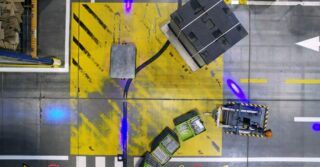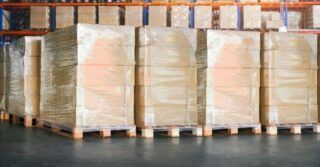The concept of production process management, which was developed based on the principles and tools of the Toyota Production System, is now a paradigm valid not only in the automotive sector, but in all industrial sectors. Manufacturing based on flexibility and high quality, with the simultaneous elimination of waste and continuous improvement (Lean Manufacturing), are the challenges that manufacturing companies have to face in the era of huge competition on the market and changes in consumer expectations. However, this is not an easy task – modifications on the production line are so time-consuming and resource-intensive that their introduction often ceases to be profitable.
3D printing opens up a world of new possibilities in the production of machinery and production line components – both for original and spare parts. The use of additive technologies in the hall can significantly improve assembly processes, reduce inventories and reduce material consumption, and increase the flexibility of the production line.
Out of the wide range of additive technologies available on the Polish market, not all of them can be used to improve machines and production lines. Based on PA 12, PA 11 and TPU, the HP Multi Jet Fusion 3D enables the production of a variety of production aids that have been previously injection molding or CNC machining from steel or aluminum in long and costly processes.
3D-printed plastic tools and handles are lighter than metal ones, and at the same time are able to meet the strength requirements. The Biesse Group, operating in the market of machines and systems for the processing of wood, glass, marble and stone, as an early user of HP MJF 3D technology in Italy, used it to create functional components of its machines – piston rods, pulleys, gears, joints and other parts. According to Marco Mencarini, head of technical office and prototypes at Biesse Group, by printing them on the HP MJF 4200 3D, the company cut costs by 67%, reducing delivery time from 20 days to 1 day.
Compared with injection molding, HP Multi Jet Fusion 3D can cut costs by up to 86% in the first year and lead time from 90 days to 1 day.

Examples of elements printed in MJF by the Biesse Group
The use of HP MJF 3D also allows for quick modification and improvement of tools and fixtures, offering fast design iterations that can be carried out on several components of a production line simultaneously, in a few hours instead of weeks or days. This translates into a significant acceleration and increased efficiency in production, while reducing material wastage.
SIGMADESIGN is a company that uses this technology to lower costs as well as improve the design of certain parts, for example in fruit labeling machines. The JF 3D series devices have a vacuum applicator connector printed – part of the arm gripper that places labels on apples, previously made of aluminum. Considering that the applicator fitting operates at a pressure of -2 to -3 psi and must withstand tens of millions of cycles, Sigmadesign engineers designed the component so that the threaded nipples could be inserted into the upper holes with the required tolerances required for this purpose. the welding process.
The use of HP Multi Jet Fusion allowed them to optimize the geometry of the parts – previously limited due to the production method – CNC, and also reduce the cost of its production by 68%.

Comparison of the quality and structure of manufactured elements (CNC, FDM, MJF) – source sigmadzn.com
The implementation of the HP MJF 3D technology on the production line also eliminates downtime related to the maintenance and service of machines, thanks to the quick printing of the used component “on site” in the plant, which allows to reduce or even eliminate the storage of spare parts, and thus reduce the related costs.
This possibility is used by a well-known supplier of machines for steel construction manufacturers – FICEP, which produces over 40% of the spare parts in its automatic painting line using HP MJF, including pulleys, axles and structural elements. He also optimized the robotic arm of the automatic painting line to reduce its size and overall weight, an estimated 72% energy saving.
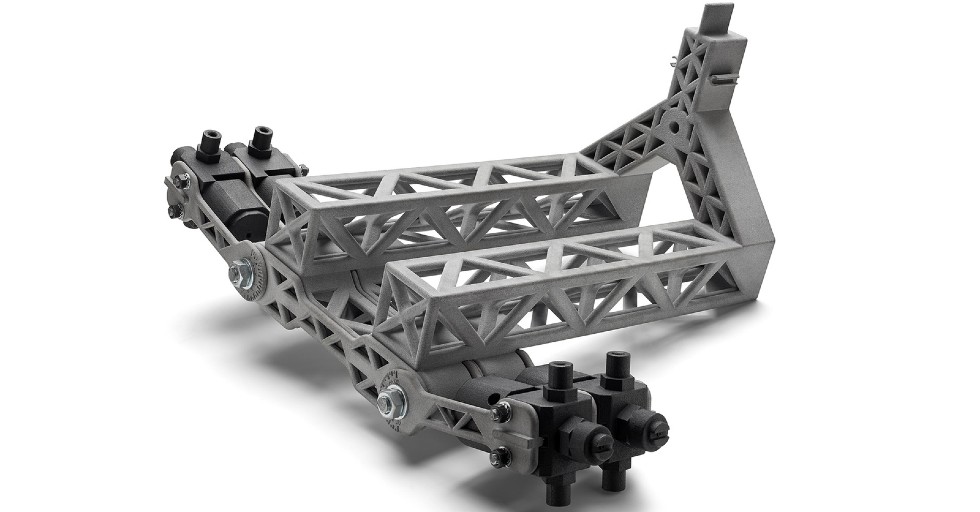
A structurally complex element of a paint line printed in MJF by Ficep S3L
CMore and more companies want to implement HP solutions in production halls also due to the possibility of printing in color, which is better for marking gauges and identifying tools that are very similar to each other. According to engineers at Yazaki, a company that produces more than one hundred thousand instruments and fixtures each year – mainly by combining 3D and CNC printing, adding color can improve safety and efficiency in factories, as well as speed up the assembly of complex components.
Manufacturing companies that want to meet the growing needs of their customers can, like Sigmadesign, FICEP or Biesse, use the HP MJF 3D printing technology to introduce quick changes to their production lines, thus gaining a huge competitive advantage.
HP3D.pl, as a distributor of this technology and HP’s partner, can help you tangibly in this, supporting the implementation of MJF at all stages, including obtaining investment funding.


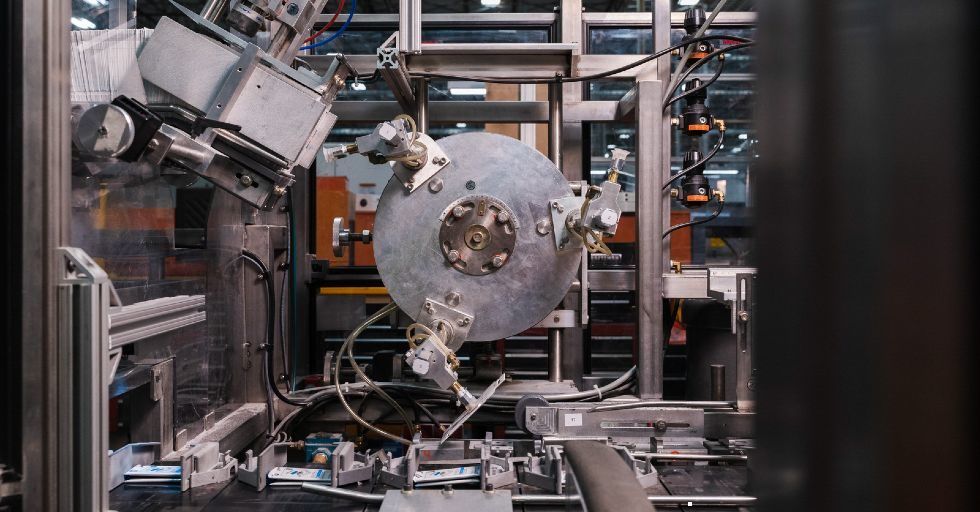
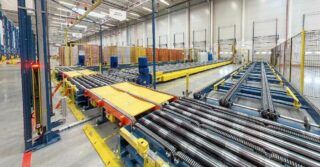
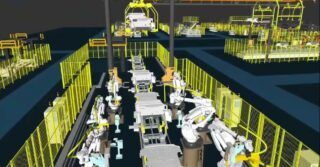
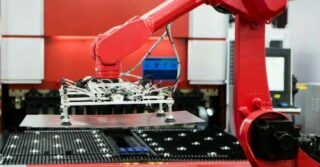
![Forecasts, Opportunities, and Challenges for the Polish Industry in 2024 [ANALYSIS] Forecasts, Opportunities, and Challenges for the Polish Industry in 2024 [ANALYSIS]](https://industryinsider.eu/wp-content/uploads/xIndustry-40-320x167.jpg.pagespeed.ic.o8zijDQlIJ.jpg)
